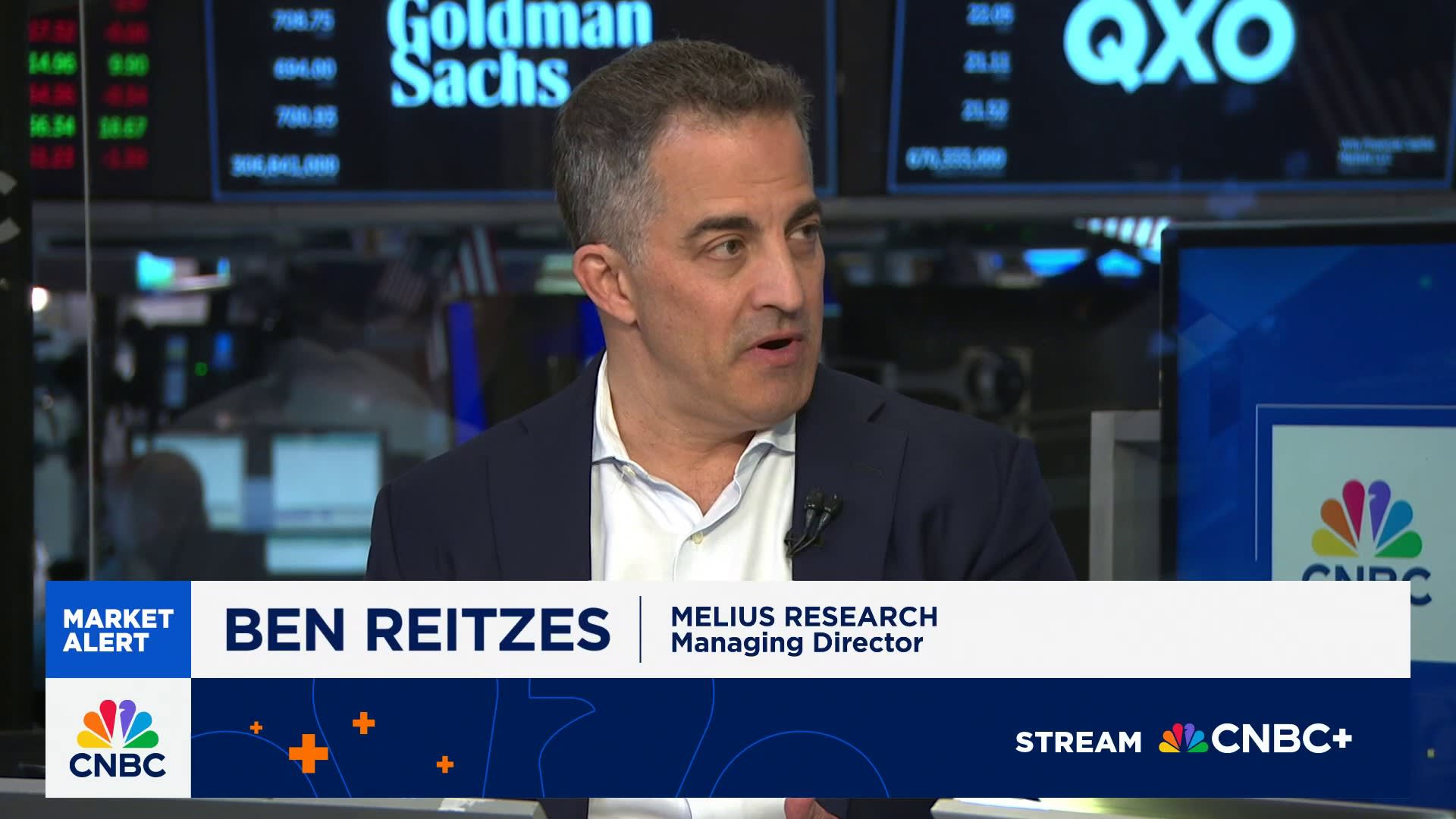Nvidia’s recent clearance to resume sales in China marks a significant turn for the semiconductor industry, offering potential benefits not only for Nvidia but also for rival AMD. According to Ben Reitzes, managing director at Melius Research, this development could enhance AMD’s competitive position in the market.
In an appearance on CNBC’s ‘Squawk on the Street’, Reitzes discussed the implications of Nvidia’s clearance. He emphasized that the ability to re-enter the Chinese market could lead to increased sales and revenue for Nvidia, which has faced challenges due to restrictions in recent years. This news, while primarily focused on Nvidia, also creates a ripple effect for AMD, which competes closely in various segments of the semiconductor industry.
Reitzes explained that the resurgence of Nvidia in China could intensify competition in the graphics processing unit (GPU) market. He noted that Nvidia’s products have historically dominated this space, but AMD has been making strides with their own offerings. The analyst pointed out that if Nvidia sees a significant uptick in sales, this could push AMD to innovate further to maintain its market share.
The analyst also addressed the broader context of this development. The Chinese market represents a vital segment for technology companies, with millions of potential customers. Nvidia’s return could lead to a more aggressive pricing strategy, benefiting customers but also challenging AMD to respond effectively.
On the topic of market reactions, Reitzes indicated that investors are likely to view this news positively, not just for Nvidia, but for AMD as well. With Nvidia potentially expanding its revenue base, AMD may find opportunities to capitalize on any weaknesses that arise from intensified competition. “The market dynamics are shifting, and both companies will have to adapt,” Reitzes stated during the interview.
As the situation unfolds, the semiconductor landscape may experience notable shifts. Investors and analysts alike will be closely monitoring sales figures and market strategies from both companies over the coming months.
The implications of Nvidia’s actions extend beyond just immediate sales figures. The company’s renewed presence in China could influence long-term strategic planning within the industry. Both Nvidia and AMD are likely to ramp up their efforts to capture market share, ultimately benefiting consumers with improved technology and potentially lower prices.
In conclusion, while Nvidia’s clearance to operate in China is undoubtedly a positive development for the company, the effects on AMD and the broader market are equally significant. The coming months will reveal how both companies navigate this renewed competition and what it means for their futures in the fast-evolving tech landscape.
